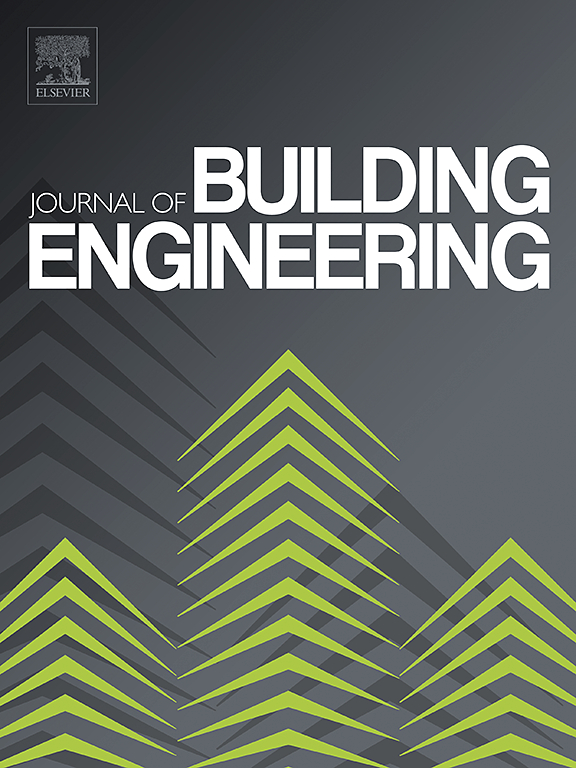Synergistic effect of micro and nano cellulosic fillers on thermal insulation and mechanical strength properties of compressed earth bricks from phosphate mining by-products
IF 6.7
2区 工程技术
Q1 CONSTRUCTION & BUILDING TECHNOLOGY
引用次数: 0
Abstract
The present research explores the feasibility of reusing phosphate mining waste rocks in the production of sustainable, and eco-friendly compressed earth bricks (CEBs). The study focuses on evaluating the combined impact of incorporation of date palm fibers (DPF) and commercial cellulose nanocrystals (CNCs) on the physical, mechanical, and thermal properties of CEBs, opening up prospects for potential applications in the field of sustainable construction. The key findings indicate that incorporating 10 % DPF into the brick matrix led to a significant reduction of 36 % in dry compressive strength and increased water absorption, while thermal conductivity significantly decreased by 74.76 %. However, the strength reduction can be mitigated by controlling DPF size, with 500 μm microfibers yielding a compressive strength of 14.10 MPa and reduced water absorption (13.20 g/cm2·min1/2). Furthermore, the addition of small amounts of CNC induced a reinforcing effect, substantially, improving the mechanical properties of the bricks. A hybrid reinforcement approach using 0.8 % CNC and 10 % DPF resulted in CEBs with a very low water absorption coefficient, indicating excellent resistance to water-related degradation. Microstructural analysis via SEM and BET validated these findings, showing the formation of macropores with 10 % DPF and decreased pore diameter with CNC inclusion. These findings highlight the potential of DPF/CNC reinforcement in transforming phosphate mining waste rocks into high-performance, sustainable building materials, offering a pathway to reduce reliance on conventional energy-intensive materials while addressing resource management challenges.
求助全文
约1分钟内获得全文
求助全文
来源期刊

Journal of building engineering
Engineering-Civil and Structural Engineering
CiteScore
10.00
自引率
12.50%
发文量
1901
审稿时长
35 days
期刊介绍:
The Journal of Building Engineering is an interdisciplinary journal that covers all aspects of science and technology concerned with the whole life cycle of the built environment; from the design phase through to construction, operation, performance, maintenance and its deterioration.
 求助内容:
求助内容: 应助结果提醒方式:
应助结果提醒方式:


